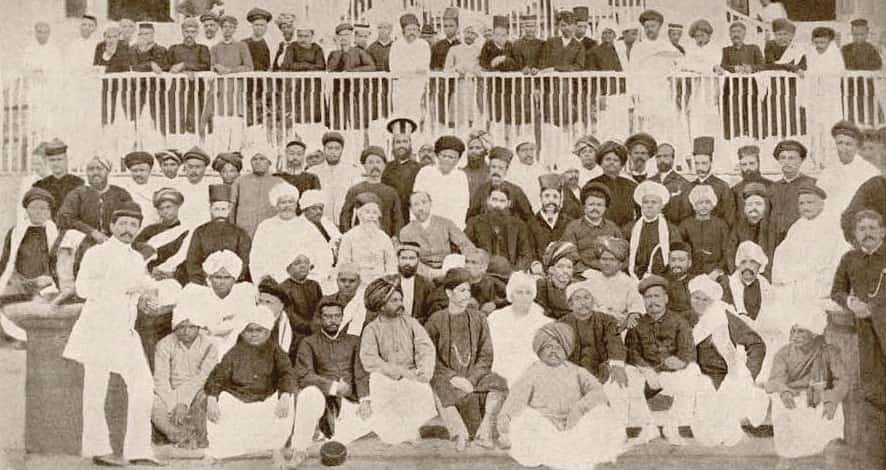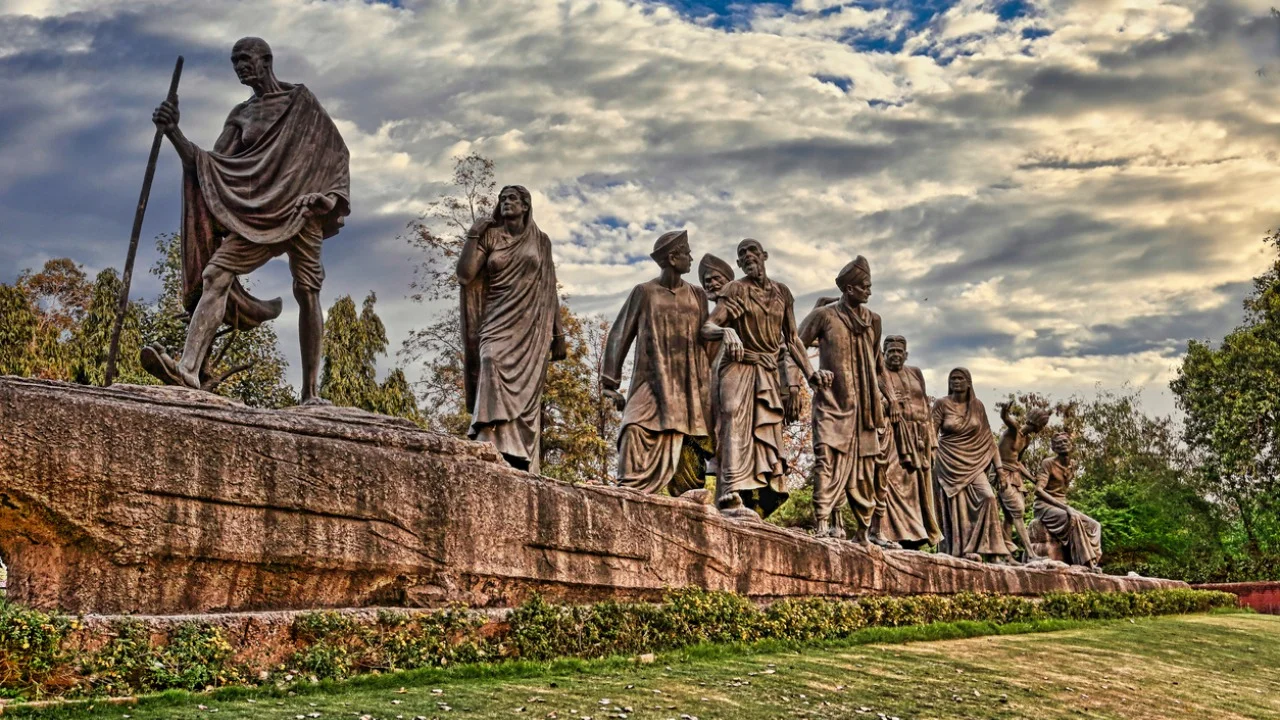India’s freedom struggle is one of the most remarkable and inspiring movements in world history. Spanning over two centuries, it witnessed countless sacrifices, revolts, and the rise of legendary leaders who united the nation against British colonial rule. The movement was not just a political fight but a social and cultural awakening that led India towards independence on 15th August 1947.
1. The Beginning of British Rule in India
The British East India Company began its control in India after the Battle of Plassey in 1757, when it defeated Nawab Siraj-ud-Daulah of Bengal. Over the years, the Company established dominance through trade and warfare, exploiting India’s rich resources. The British Crown formally took over the administration of India in 1858, after the Revolt of 1857, marking the beginning of direct British rule.
This period saw the destruction of India’s self-sufficient economy and traditional industries. Heavy taxes, unfair land policies, and racial discrimination caused immense suffering to Indian farmers, artisans, and laborers.
2. The Revolt of 1857 – The First War of Independence
The Revolt of 1857 is often regarded as the First War of Indian Independence. It was triggered by several causes — political annexations, religious interference, and the introduction of cartridges greased with cow and pig fat, which offended both Hindu and Muslim soldiers.
Led by brave leaders like Rani Lakshmibai of Jhansi, Mangal Pandey, Bahadur Shah Zafar, Tatya Tope, and Kunwar Singh, the revolt spread across northern and central India. Although it was ultimately suppressed by the British, it laid the foundation for future national movements and united Indians across religions and regions against foreign rule.
3. Formation of the Indian National Congress (INC)

Allan Octavian Hume, a retired British civil servant, created the Indian National Congress in 1885. Initially, the INC aimed at seeking reforms and greater participation of Indians in governance through peaceful means. Leaders like Dadabhai Naoroji, Gopal Krishna Gokhale, and Surendranath Banerjee represented the Moderate Phase of the Congress, focusing on petitions and constitutional methods.
However, with growing discontent, the Extremist leaders such as Bal Gangadhar Tilak, Bipin Chandra Pal, and Lala Lajpat Rai demanded complete self-rule (Swaraj). Tilak’s famous slogan, “Swaraj is my birthright and I shall have it,” ignited a new wave of nationalism.
4. The Rise of Mahatma Gandhi and Non-Violent Movements
The entry of Mahatma Gandhi into Indian politics in 1915 marked a new era in the freedom struggle. His philosophy of non-violence (Ahimsa) and truth (Satyagraha) became the guiding principles of India’s independence movement.
Some of his key movements include:
- Champaran Satyagraha (1917): Protest against indigo plantation injustices.
- Non-Cooperation Movement (1920–1922): Boycott of British goods and institutions.
- Civil Disobedience Movement (1930): Marked by the Dandi Salt March, where Gandhi defied the salt tax.
- Quit India Movement (1942): A final call demanding the British to “Quit India” immediately.
Gandhi’s leadership transformed India’s freedom struggle into a mass movement, inspiring millions of ordinary Indians to join the cause.
5. Revolutionary Movements and Armed Struggles
While Gandhi advocated non-violence, several revolutionaries believed that only armed resistance could free India. Leaders like Bhagat Singh, Chandra Shekhar Azad, Subhas Chandra Bose, and Khudiram Bose inspired the youth with their courage and patriotism.
Subhas Chandra Bose, through the Indian National Army (INA), sought to liberate India with the slogan, “Give me blood, and I will give you freedom.” These revolutionaries played a crucial role in awakening national pride and fearlessness among Indians.
6. The Road to Independence (1945–1947)
After World War II, Britain faced massive economic and political pressure. The Naval Mutiny of 1946, widespread protests, and the firm stance of Indian leaders made it clear that the British could no longer rule India.
Negotiations between the British government and Indian leaders led to the Indian Independence Act of 1947, which granted India freedom but also resulted in the tragic partition of the country into India and Pakistan.
7. Legacy of the Freedom Struggle
India’s freedom struggle was not just a fight for political independence but also for equality, unity, and justice. It brought together people from diverse religions, languages, and regions under one flag. The movement laid the foundation for India’s democratic principles and constitutional values that continue to guide the nation today.
India’s freedom struggle is a symbol of resilience, courage, and unity. The sacrifices of countless freedom fighters remind us that independence was earned through immense pain and perseverance. As citizens of a free nation, it is our responsibility to uphold the ideals for which they fought — truth, equality, and unity — ensuring that their dream of a strong, self-reliant, and progressive India continues to thrive.
Vedic Civilization or Arya Sabhyata
History of Mesopotamia Civilization
Original Sinking History of the Titanic Ship
Read Also: Education Website Design
![]()





